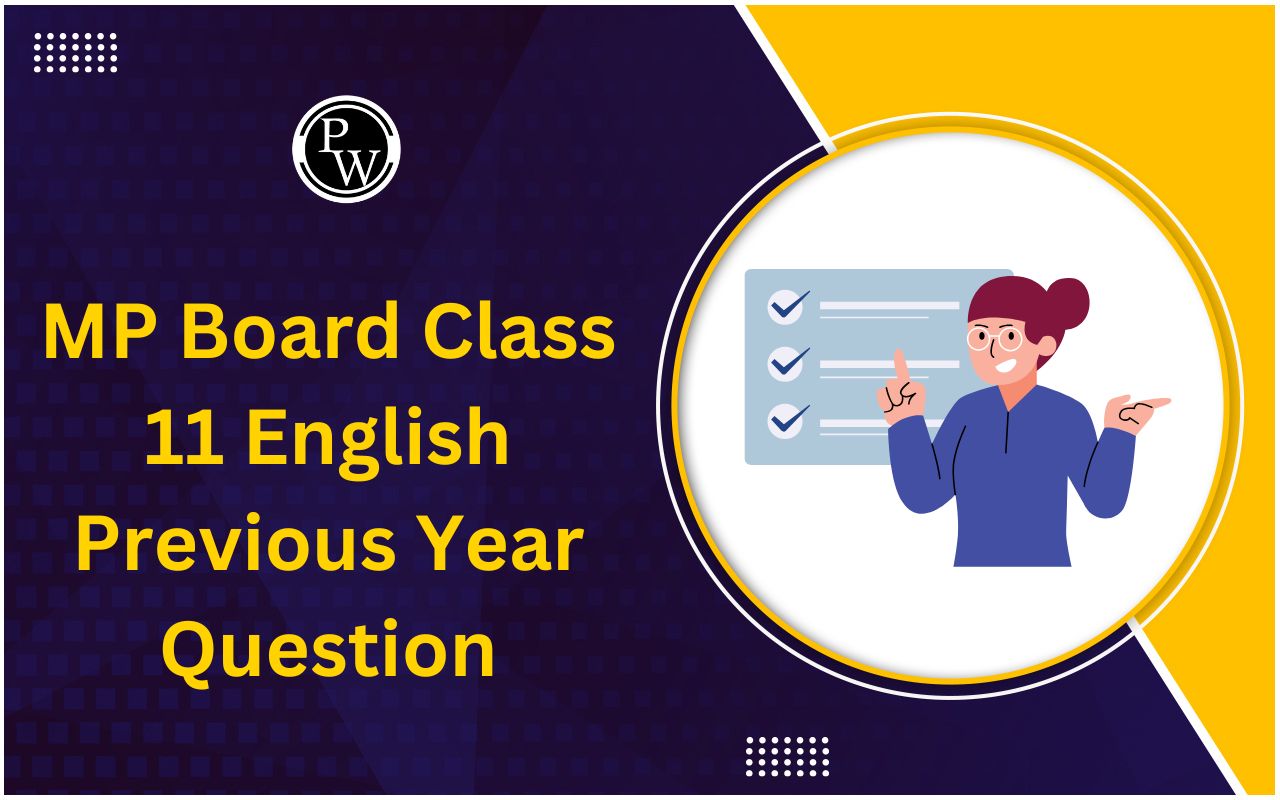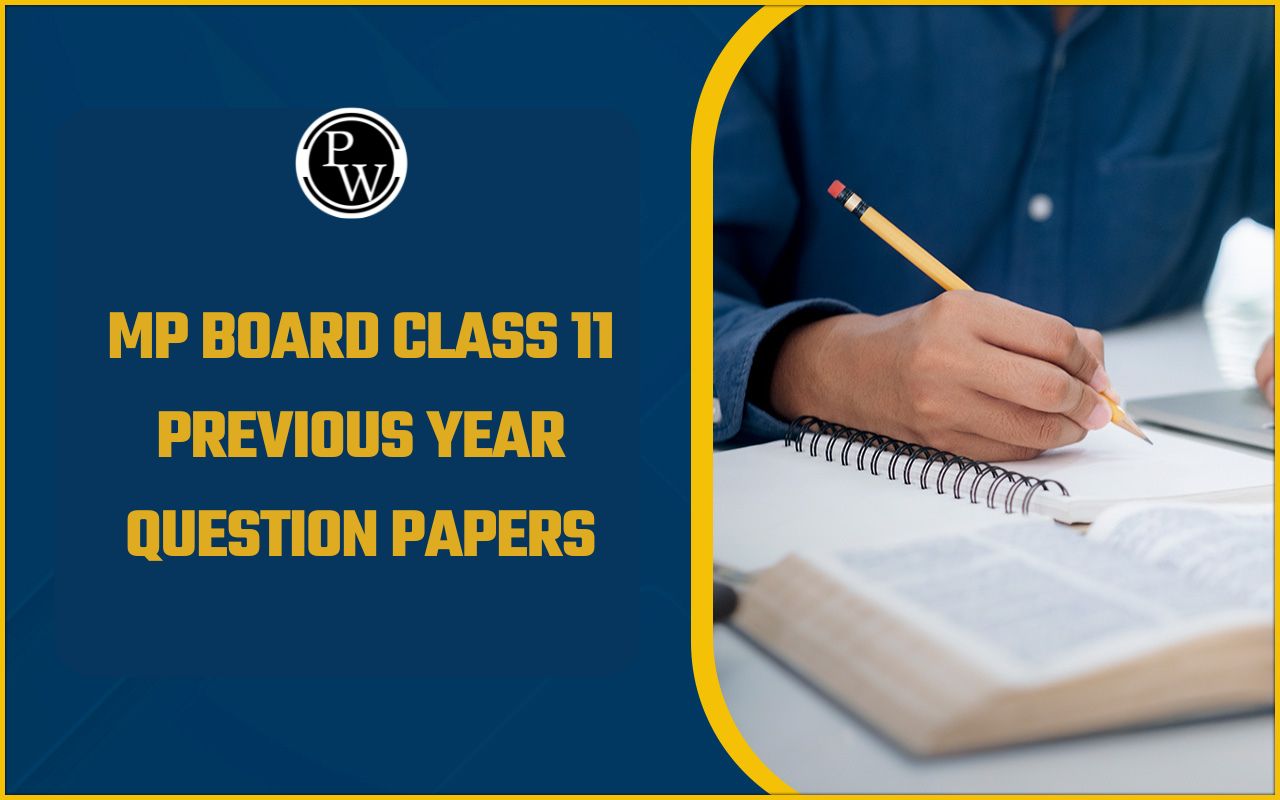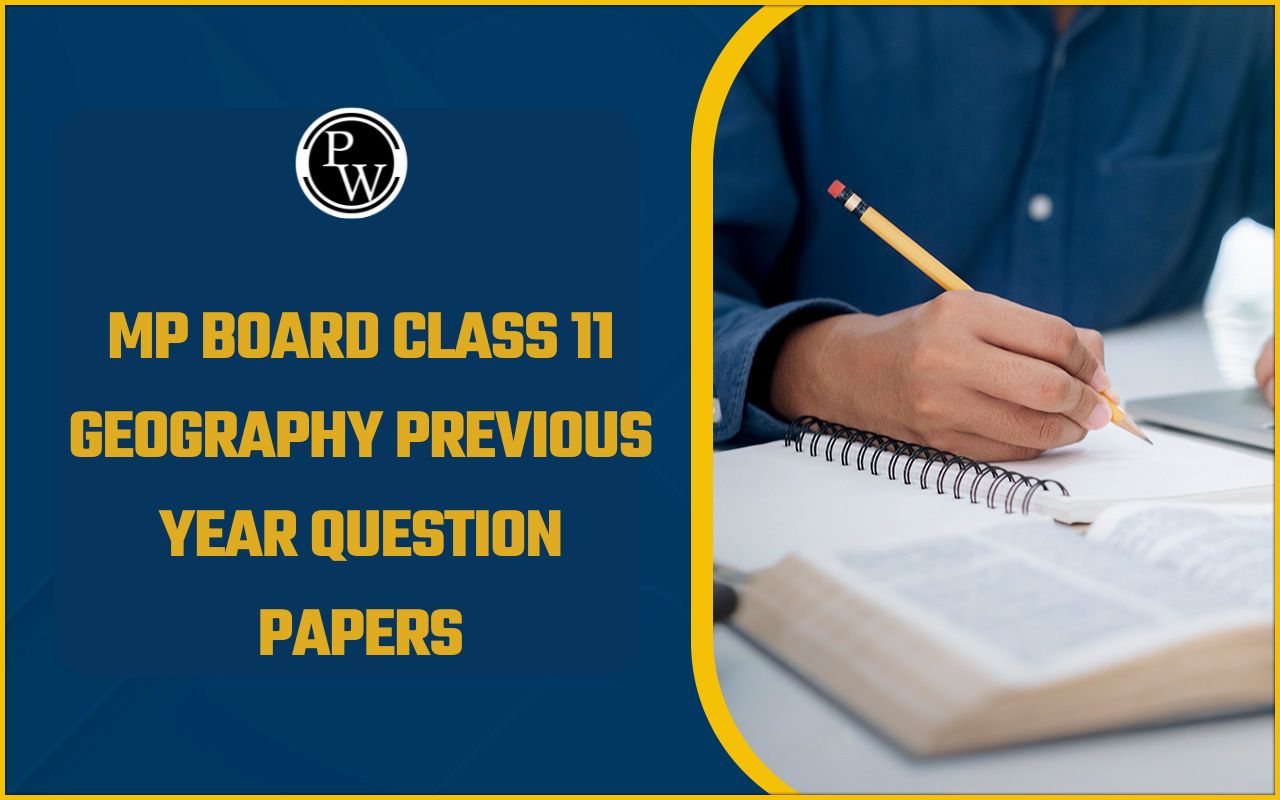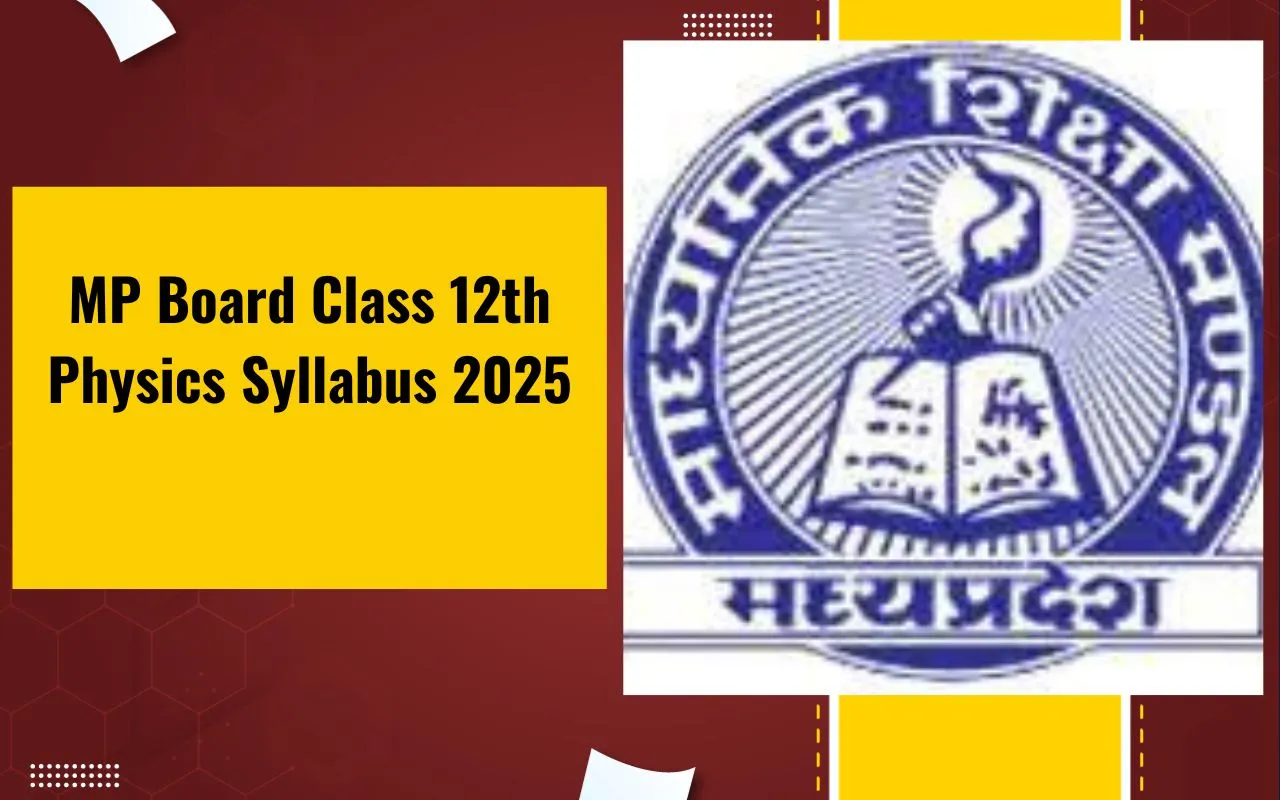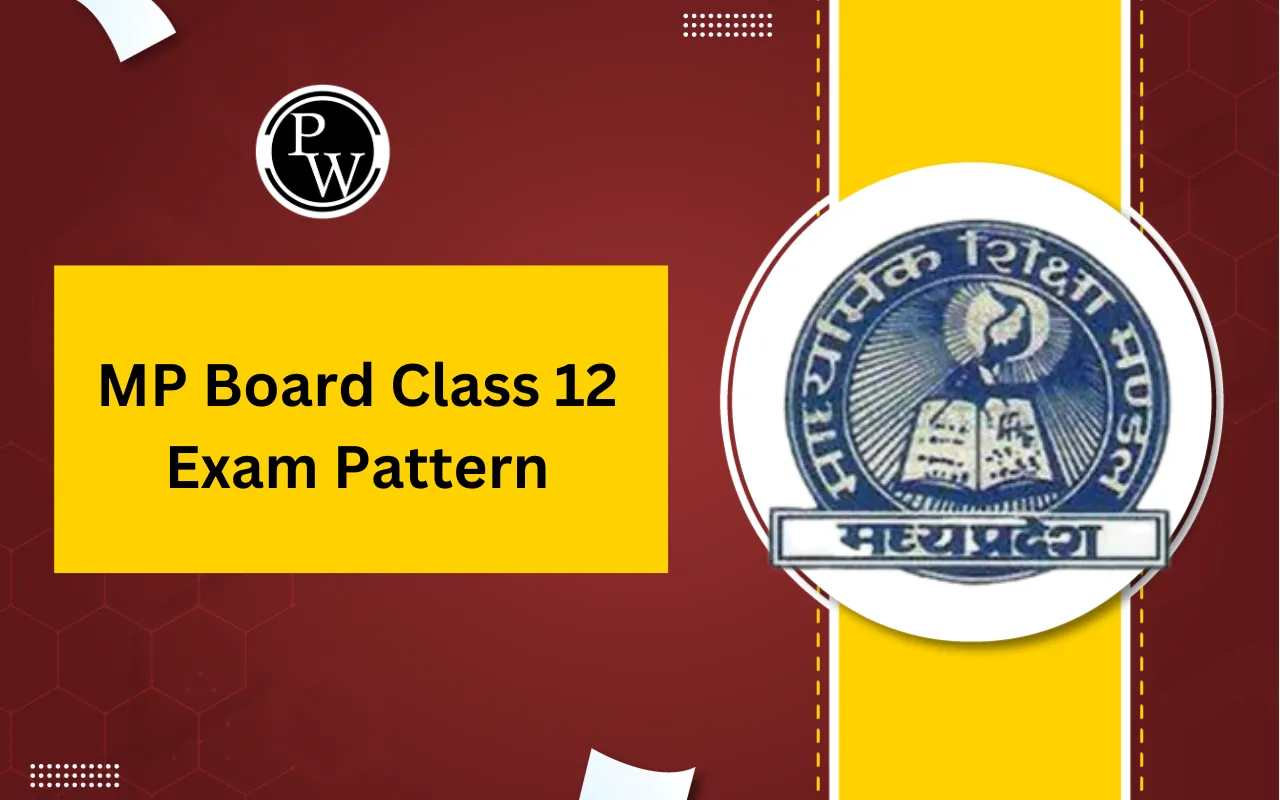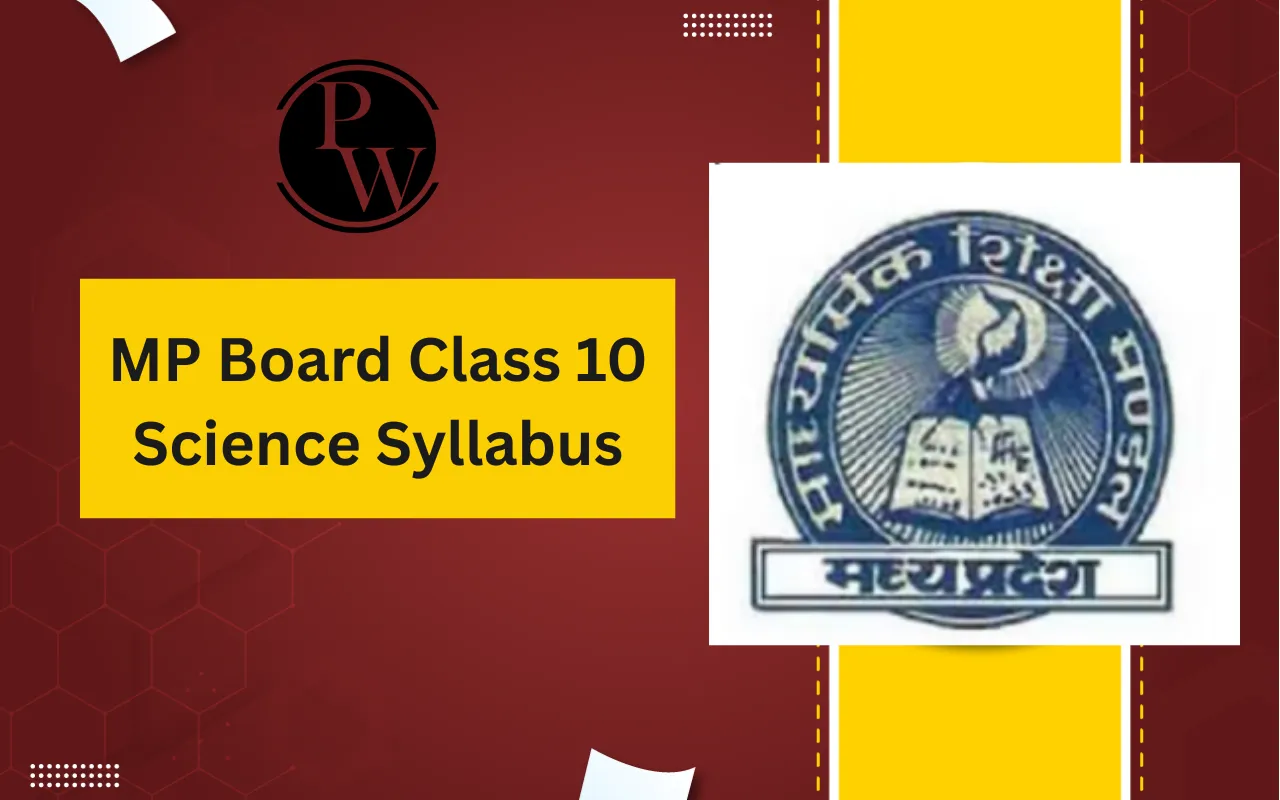
MP Board Class 11th Geography Syllabus 2025: The Madhya Pradesh Board of Secondary Education (MPBSE) has released the syllabus for Class 9th to 12th altogether on its official website (mpbse.nic.in). The syllabus offers students a balanced mix of theoretical knowledge and practical skills.
The syllabus allows students to understand the earth's physical processes and India’s diverse geographical features. It includes detailed chapters on physical geography, natural hazards, climate, biodiversity, and map reading which are all essential for building a strong foundation in the subject.
MP Board Class 11th Geography Syllabus 2025 Highlights
Here are the key highlights of the Class 11 Geography syllabus as per the latest MP Board guidelines:
|
MP Board Class 11th Geography Syllabus 2025 Highlights |
|
|
Board |
MPBSE (Madhya Pradesh Board) |
|
Class |
11th |
|
Subject |
Geography |
|
Total Marks |
100 (Theory – 70 + Practical – 30) |
|
Textbooks |
- Fundamentals of Physical Geography - India – Physical Environment |
|
Components Included |
Maps, Project Work, Viva, Practical Exercises |
|
Types of Questions |
Objective and Subjective Both |
|
Official Website |
|
As far as the exam pattern is concerned, students must refer to the MP Board Class 11th exam pattern to understand the types of questions to be answered in the exam. It generally includes both subjective and objective questions to ensure a balanced approach.
Objective questions like fill ups, true/false, tick the correct option are included while subjective questions like very-short answer, short answer, and long answer questions are included in the syllabus.
MP Board Class 11th Geography Syllabus 2025 Download PDF
The MP Board Class 11th Geography Syllabus 2025 must be used by the students to prepare for the Geography exam. It will give a proper structure and guidance to the students. The syllabus will help you keep a track of your performance and focus on important topics. For easy access of the syllabus, the PDF has been attached here:
Download MP Board Class 11th Geography Syllabus 2025
Study without using the internet
MP Board Class 11th Geography Syllabus 2025 Marks Distribution
The MP Board releases a separate marking scheme PDF to ensure that students understand the weightage of marks and prepare for the subject accordingly.
The MP Board Class 11 Geography exam is divided into two main parts: theory and practical. The theory paper carries 70 marks, while the practical section is worth 30 marks, making a total of 100 marks for the subject.
In the theory section, students need to study from two textbooks – Fundamentals of Physical Geography and India: Physical Environment. Each unit carries a specific weightage, with chapters like Structure and Physiography of India and Climate which carry higher marks, which means students should prioritize them during preparation to score higher marks.
The practical assessment can help you score even much better as it is based on practical knowledge. It includes a practical exam (18 marks), project work (3 marks), notebook submission (4 marks), and a viva voce (5 marks). Here’s the marks distribution of both the components:
|
MP Board Class 11th Geography Syllabus 2025 Marks Distribution |
|||
|
Textbook 1: Fundamentals of Physical Geography |
|||
|
S. No. |
Unit No. & Name |
Chapter Title |
Marks |
|
1. |
Unit 01 – Geography as a Discipline |
Geography as a Discipline |
04 |
|
2. |
Unit 02 – The Earth |
Origin and Evolution of the Earth, Interior of the Earth, Earthquake, Volcanoes, Distribution of Continents and Oceans |
08 |
|
3. |
Unit 03 – Landforms |
Geomorphic Processes, Landforms and their Evolution |
08 |
|
4. |
Unit 04 – Climate |
Composition and Structure of Atmosphere, Solar Radiation, Heat Balance, Temperature, Atmospheric Pressure and Winds, Atmospheric Circulation, World Climate and Climatic Changes |
08 |
|
5. |
Unit 05 – Water (Oceans) |
Oceanic Water, Movements of Ocean Water |
05 |
|
6. |
Unit 06 – Life on Earth |
Biodiversity and Conservation |
05 |
|
Textbook 2: India - Physical Environment |
|||
|
7. |
Unit 01 – Introduction |
India: Location |
05 |
|
8. |
Unit 02 – Structure & Physiography |
Structure and Physiography of India, Drainage Systems |
10 |
|
9. |
Unit 03 – Climate, Vegetation & Soils |
Climate, Natural Vegetation, and Soils |
07 |
|
10. |
Unit 04 – Natural Hazards and Disasters |
Natural Hazards and Disasters |
05 |
|
11. |
- |
India Map (Based on Chapters 1 to 4 from Book 2) |
05 |
|
Total Marks |
70 |
||
It is beneficial for the students to refer to the Practical and Project PDF released by the MP Board as it includes a detailed explanation of the practical section. The practical section entirely carries 30 marks which are easy to score for students if they have a strong understanding of the concepts.
These components test your ability to apply what you've learned in real-life scenarios like map reading, data interpretation, and observation. This balanced distribution of written exam and the practical section ensures that students have both conceptual clarity and hands-on skills in Geography.
|
MP Board Class 11th Geography Syllabus 2025 Marks Distribution (Practical Section) |
||
|
S. No. |
Component |
Marks |
|
1. |
Practical Examination |
18 |
|
2. |
Project Work (any one) |
03 |
|
3. |
Note Book |
04 |
|
4. |
Viva Voce (Oral Questions) |
05 |
|
Total |
30 |
|
The syllabus also includes a list of practical work students need to focus on:
-
Introduction to Map
-
Map Measurement
-
Latitude, Longitude and Time
-
Map Projections
-
Topographic Maps
-
Introduction to Remote Sensing
Tips to Prepare for MP Board Class 11th Geography Exam 2025
-
The MP Board Class 11th syllabus gives a structured learning to the students. Instead of trying to memorize long paragraphs, try to understand how geographical processes work. For example, when studying topics like earthquakes or ocean currents, understand the cause-and-effect relationships.
-
Geography is a very visual subject. Use maps, flowcharts, tables, and labeled diagrams to make concepts easy for yourself. Practice map work as it is easy to score in it. Mark rivers, mountain ranges, and states on blank maps regularly.
-
Some chapters in the syllabus carry more marks than others. Chapters like ‘Structure and Physiography of India’ and “Climate” carry 10 and 8 marks respectively. So, make sure you give extra attention to them.
-
As the MP Board follows the NCERT, study through them. Don’t use multiple reference books as it will only lead to confusion. Focus on understanding everything thoroughly from your official textbooks first.
-
The practical section is often taken lightly by the students, but it’s an easy way to score. Make sure you complete and submit your project work on time. Revise the practical topics like projections, topographic sheets, and remote sensing regularly.
MP Board Class 11th Geography Syllabus 2025 FAQs
How many books are there for MP Board Class 11 Geography?
Is map work important in Geography for Class 11?
How much is the practical section worth?
Where can I download the Geography syllabus PDF?


